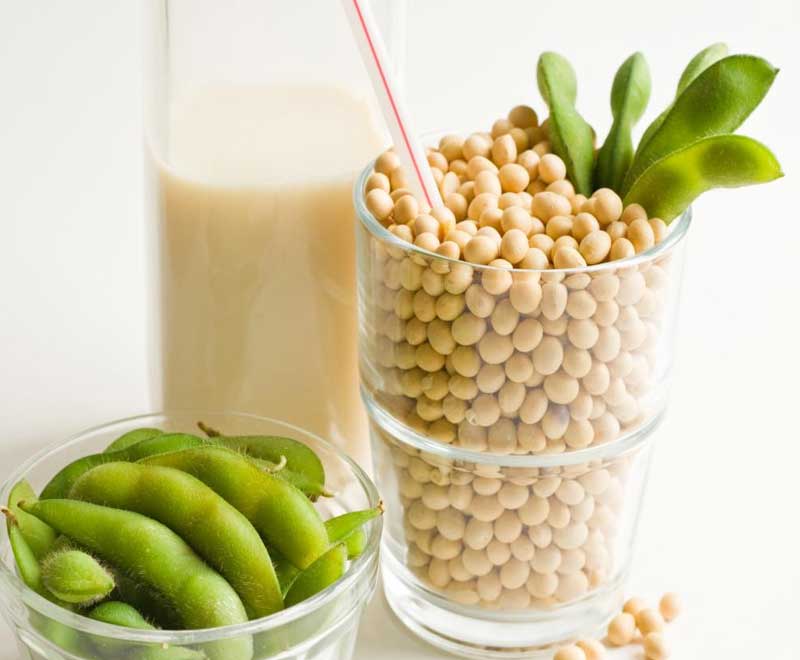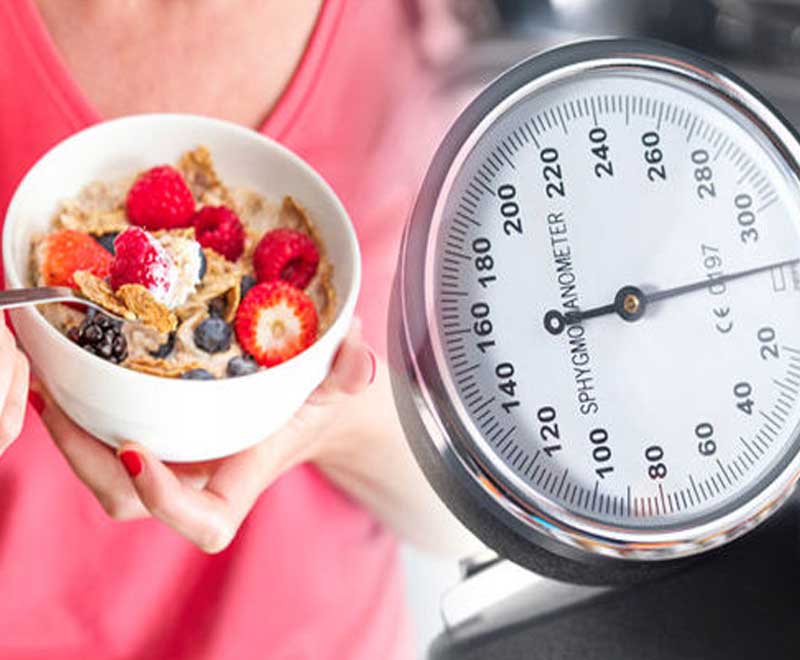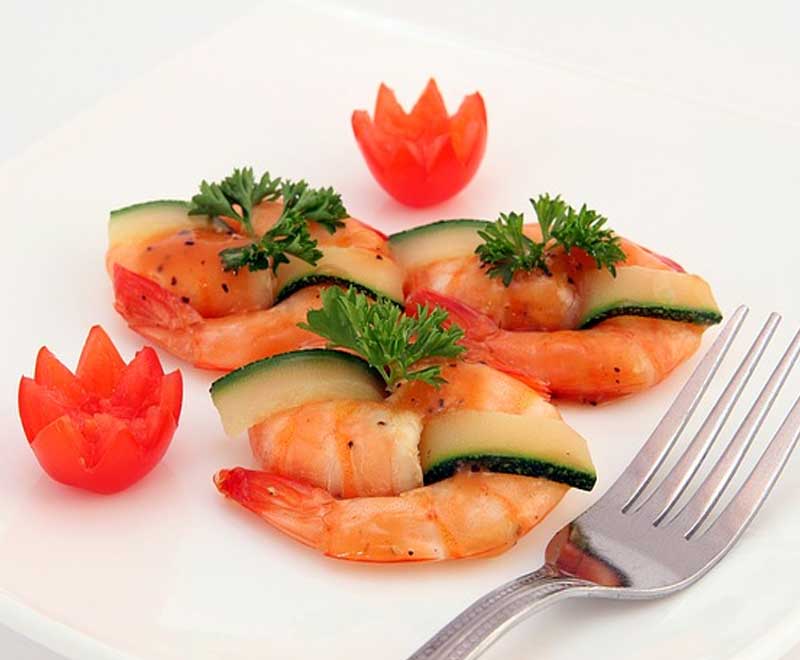
Home Remedies for high blood pressure
There are also other natural methods to lower your blood pressure without side effects, but today we would like to highlight some additional home remedies for high blood pressure for you to try at home.
Here are 15 natural remedies for high blood pressure:
1. Ginger-Cardamom Tea
A study, done in December of 2009, was published in the Indian Journal of Biochemistry & Biophysics. They gave a group of participants 1 teaspoon of cardamom powder daily for several weeks. The results showed a significant reduction in blood pressure. Combined with ginger and cinnamon, both warming spices that improve circulation, you can make a lovely tea to help your heart get healthy.
2. Watermelon In The Morning
Every morning, be faithful to watermelon. Often times watermelon as viewed as a strict summer fruit, one for seed spitting contests and barbecues, but it can also help lower blood pressure.
Why does it help lower blood pressure? Watermelon contains an organic compound called citrulline. Once it enters the body it is converted to L-arginine, the precursor to nitric oxide. Nitric-oxide in the body relaxes the blood vessels causing your blood pressure to decrease. A great natural remedy to enjoy.
3. Nuts
Start by eating nuts. Pistachio nuts, singled out among other nuts, seem to have the strongest effect on reducing blood pressure in adults. This is according to a recent review and scientific analysis of 21 clinical trials, all carried out between 1958 and 2013. The review appears online in The American Journal of Clinical Nutrition, a publication of the American Society for Nutrition.
4. Cat’s Claw
Cat’s claw is a popular herb in China, South America, and Central America. It is widely used in China for the treatment of high blood pressure. Cat’s claw lowers blood pressure by inducing vasodilation. Dilated blood vessels allowing the blood to flow more easily. It also acts as a mild diuretic and rids the body of harmful excess fluid.
5. Onions
I love eating onions raw or cooked. Although crying when cutting them can make the task much more difficult (Hint put your onions in cold water before slicing you won’t cry) the taste is worth it. Onions like their cousin garlic pack a host of cardiovascular benefits.
Onions contain a powerful antioxidant called quercetin. Quercetin helps lower blood pressure but also helps treat chest pain, angina, and also lowers the risk of stroke and heart attack. The secret to getting as much of this enzyme is eating the onions raw or lightly cooked.
6. Enzyme CoQ10
CoQ10 is a naturally occurring enzyme. It contains antioxidants that are good for maintaining cardiac health. CoQ10 has been shown to decrease blood pressure and reduces the thickening of the heart muscle (hypertrophy). There are no known side effects of CoQ10 since it naturally occurs in the body. According to the Mayo Clinic, for the treatment of hypertension, take 60-360 milligrams daily for 8-12 weeks.
7. Vitamin D
According to a study published in “The Lancet Diabetes & Endocrinology” vitamin-d, the sunshine vitamin, was proven to reduce blood pressure. Because people are spending less time outdoors people are becoming vitamin-d deficient. Over 1 billion people to be exact.
8. Hibiscus Tea
Lowering high blood pressure is as easy as one, two, tea: Study participants who sipped three cups of a hibiscus tea daily lowered systolic blood pressure by 7 points in 6 weeks on average, say researchers from Tufts University—results on par with many prescription medications.
Those who received a placebo drink improved their reading by only 1 point. The phytochemicals in hibiscus are probably responsible for the large reduction in high blood pressure, say the study authors. Many herbal teas contain hibiscus; look for blends that list it near the top of the chart of ingredients for low blood pressure—this often indicates a higher concentration per serving.
9. Celery Seed Extract
To treat high blood pressure, doctors usually prescribe diuretics (water pills) to reduce the fluid volume; and vasodilators to relax the arteries to reduce the resistance of blood flow, or beta-blockers to turn down the pumping action of the heart.
3nB, a component found in Celery seeds, appears to help lower blood pressure by acting both as a diuretic and vasodilator, as well as working in a manner similar to drugs known as calcium-channel blockers. 3nB has also been shown in animal and test-tube studies to lower cholesterol levels and reduce the formation of arterial plaque.
This effect may increase the elasticity of the blood vessels and thus lead to lower blood pressure readings. In addition, 3nB appears to have some effect on areas and systems of the brain that control vascular resistance.
10. Beetroot juice
Beetroot juice is a powerful medicine when it comes to lowering a high blood pressure. Some of its effects relate to the minerals it contains, such as potassium and magnesium, but its true pharmacological action is due to a high content of nitrates.
When you drink beetroot juice, these nitrates are rapidly converted into nitrites by bacteria (Veillonella and Actinomyces species) that live on the surface of your tongue, and which are also present in saliva.
The nitrites are absorbed into your circulation, where they are used to make a gas called nitric oxide (NO). NO is a cell-signaling molecule which has a powerful relaxing effect on small muscle fibers in your blood vessel linings. This causes the blood vessels to dilate so that your blood pressure falls.
Health News










